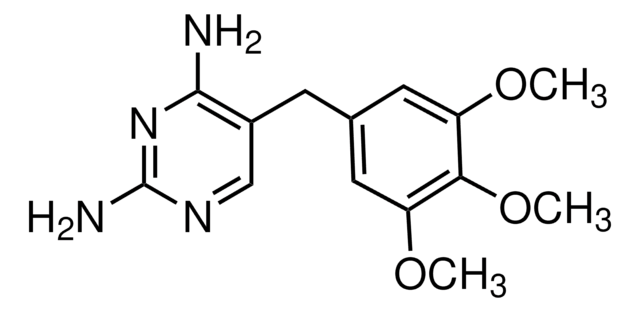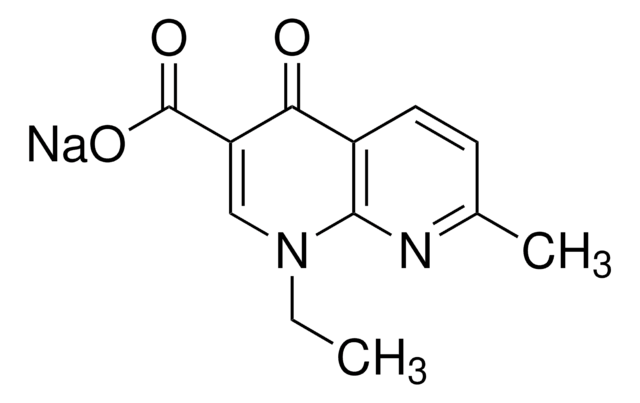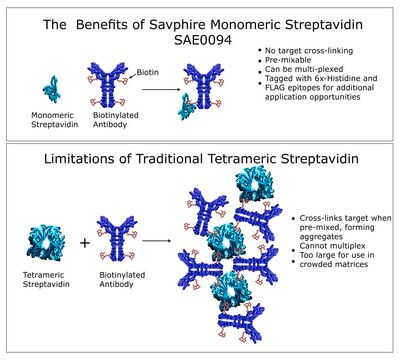SBR00024
Trimethoprim Ready Made Solution
25 mg/mL in DMSO
Synonym(s):
Trimethoprim Ready Made Solution
About This Item
Recommended Products
biological source
synthetic
Assay
≥98% (HPLC)
form
liquid
concentration
25 mg/mL in DMSO
color
colorless to faint yellow
antibiotic activity spectrum
Gram-negative bacteria
Gram-positive bacteria
mycobacteria
Mode of action
DNA synthesis | interferes
enzyme | inhibits
storage temp.
−20°C
InChI
1S/C14H18N4O3/c1-19-10-5-8(6-11(20-2)12(10)21-3)4-9-7-17-14(16)18-13(9)15/h5-7H,4H2,1-3H3,(H4,15,16,17,18
InChI key
IEDVJHCEMCRBQM-UHFFFAOYSA-N
Related Categories
General description
Additionally, it is frequently employed in combination with sulfamethoxazole (sc-208405) to effectively inhibit the growth of Staphylococcus aureus, functioning as a dihydrofolate reductase inhibitor. This versatile compound finds applications in metabolomics, cell biology, and biochemical research.
Application
Biochem/physiol Actions
Activity Spectrum: Effective against Gram-negative bacteria, Gram-positive bacteria, and mycobacteria
Some of the pathogens that trimethoprim can be effective against include:
- Escherichia coli (E. coli)
- Staphylococcus aureus (including methicillin-resistant Staphylococcus aureus or MRSA)
- Streptococcus pneumoniae
- Haemophilus influenzae
- Enterococcus faecalis
- Klebsiella species
- Proteus species
Features and Benefits
- High-quality antibiotic suitable for multiple research applications
- Ideal for Cell Biology, Metabolomics, and Biochemical research.
Other Notes
Storage Class Code
10 - Combustible liquids
WGK
WGK 2
Flash Point(F)
188.6 °F
Flash Point(C)
87 °C
Choose from one of the most recent versions:
Certificates of Analysis (COA)
Don't see the Right Version?
If you require a particular version, you can look up a specific certificate by the Lot or Batch number.
Already Own This Product?
Find documentation for the products that you have recently purchased in the Document Library.
Customers Also Viewed
Articles
This issue of Biofiles reviews some of our newest and most innovative technologies and their specific applications toward cancer research. In preparing this issue of Biofiles, one is reminded how complex the disease of cancer is, and how difficult it is to identify one topic that is completely unrelated to any other.
Global Trade Item Number
| SKU | GTIN |
|---|---|
| SBR00024-1ML |
Our team of scientists has experience in all areas of research including Life Science, Material Science, Chemical Synthesis, Chromatography, Analytical and many others.
Contact Technical Service





